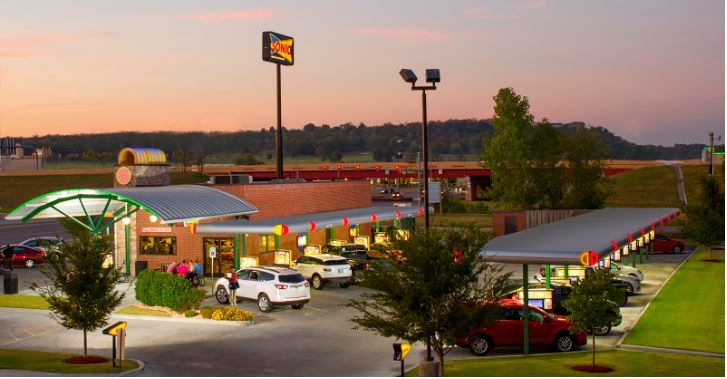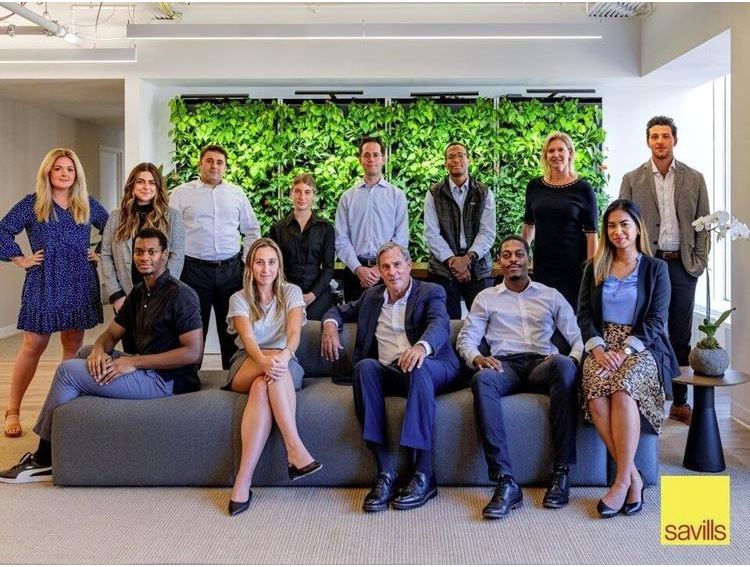The COVID-19 pandemic has hit different retail sectors in different ways. And many retailers are counting on a strong holiday shopping season to rescue their years. But one slice of the retail world has thrived during the pandemic: fast-food restaurants with drive-throughs.
That’s confirmed by the latest research from TOP Data, which analyzed the number of visits U.S. consumers made to the 20 biggest fast-food restaurants in the country. The result? Since the start of 2021, U.S. consumers have increased their visits to fast-food restaurants by 33.06 percent.
TOP Data separated fast-food chains into four major categories: burger chains, Mexican food chains, fried chicken chains and pizza chains. The company found that U.S. visits to burger chains have increased a whopping 54.5 percent since the start of 2021.
Consumers have visited Mexican food chains 32.1 percent more since the start of 2021 and fried chicken restaurants 29.5 percent. U.S. visits to pizza chains have jumped 16.2 percent since the start of the year.
Of course, TOP Data is comparing these visits to the ones consumers made to these restaurants in 2020. That does skew the numbers a bit. Last year, many consumers stayed home because of the pandemic. It makes sense, then, that visits to fast-food restaurants would jump this year.
But the jumps TOP Data has seen are impressive. TOP Data points to the changes many restaurants made last year to combat the pandemic. These include a greater reliance on drive-through service, curbside pickup, an increae in their delivery services and new menu items.
Which restaurant chains, then, have seen their business soar the most so far this year? In the burger chain category, Sonic leads the way. TOP Data found that the number of visits U.S. consumers made to this chain so far in 2021 have jumped by 102 percent when compared to the visits they made last year.
McDonald’s came in second in the burger category, seeing its visits jump 59 percent this year, while Wendy’s pulled into third place with visits rising by 43 percent.
In the Mexican food category, El Pollo Loco saw visits by diners rise 39 percent so far in 2021, while Taco John saw these visits increase by 37 percent and Del Taco by 32 percent.
KFC saw the most growth in business so far this year in the fried chicken category, with visits by consumers jumping 49 percent in 2021. Chick-fil-A saw its visits jump by 33 percent, while Popeyes saw its visits rise by 23 percent.
And for pizza chains, Papa Murphy’s led the way with a jump of 19 percent in visits so far this year. Visits to Pizza Huts jumped 18 percent, while those to Little Caesers Pizza increased by 16 percent.







